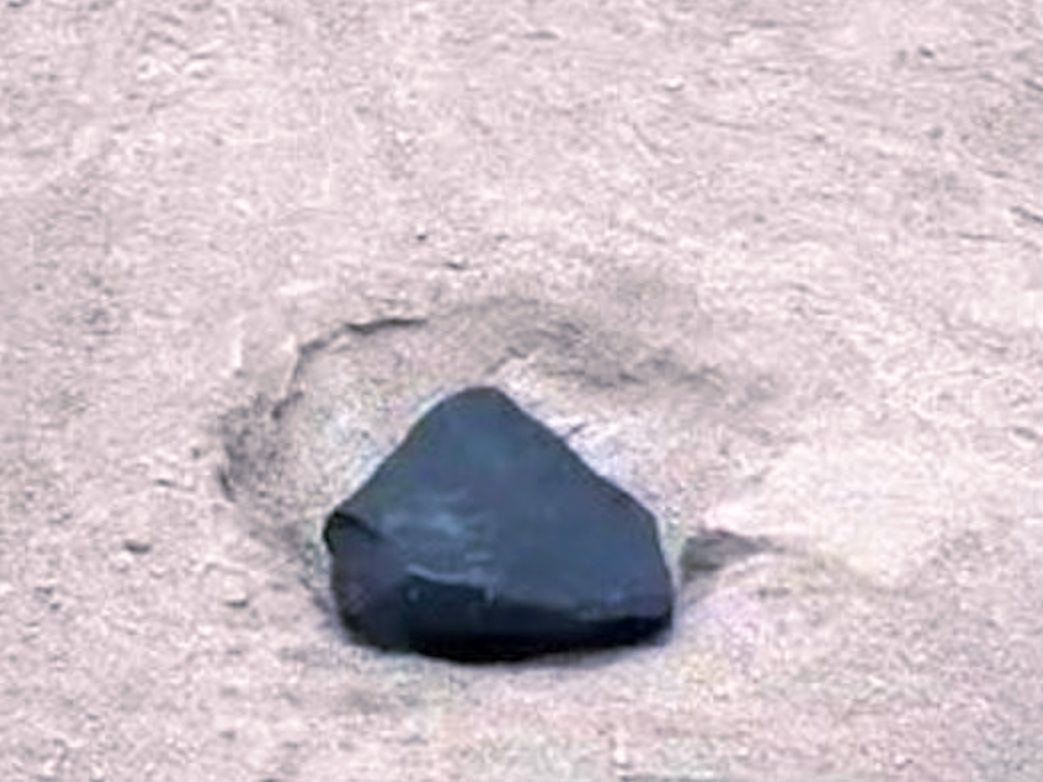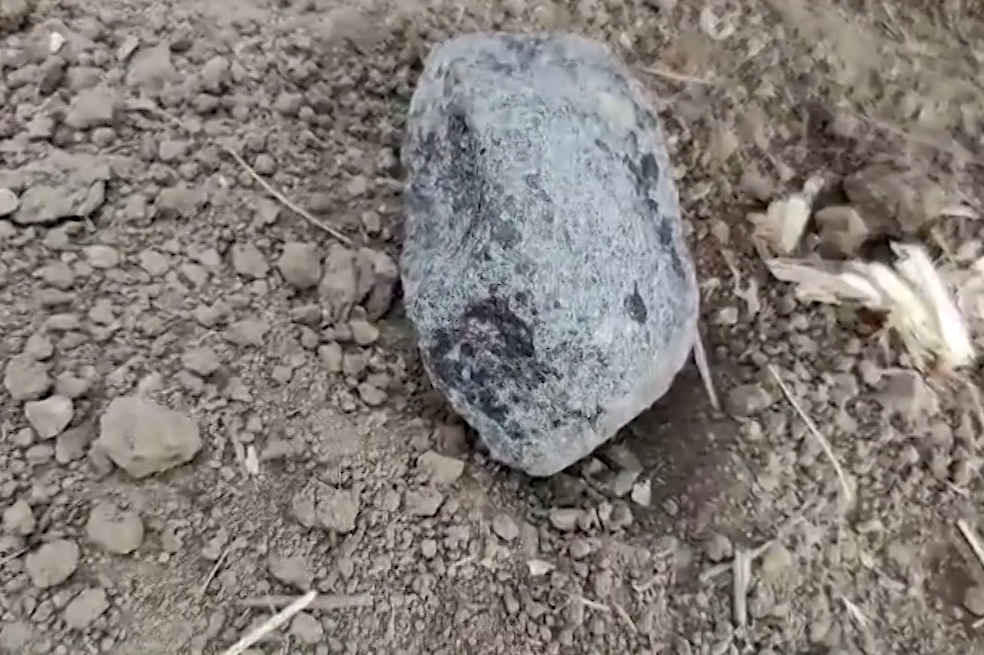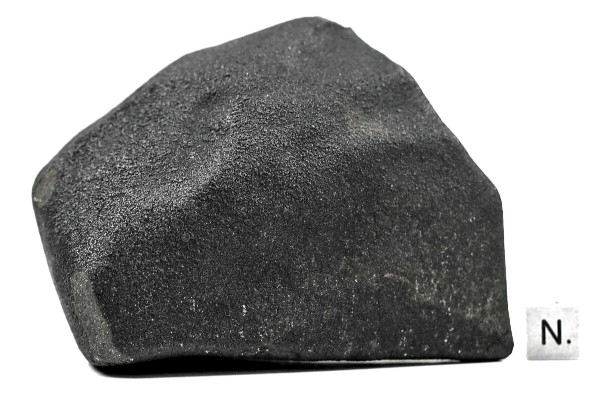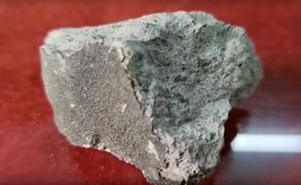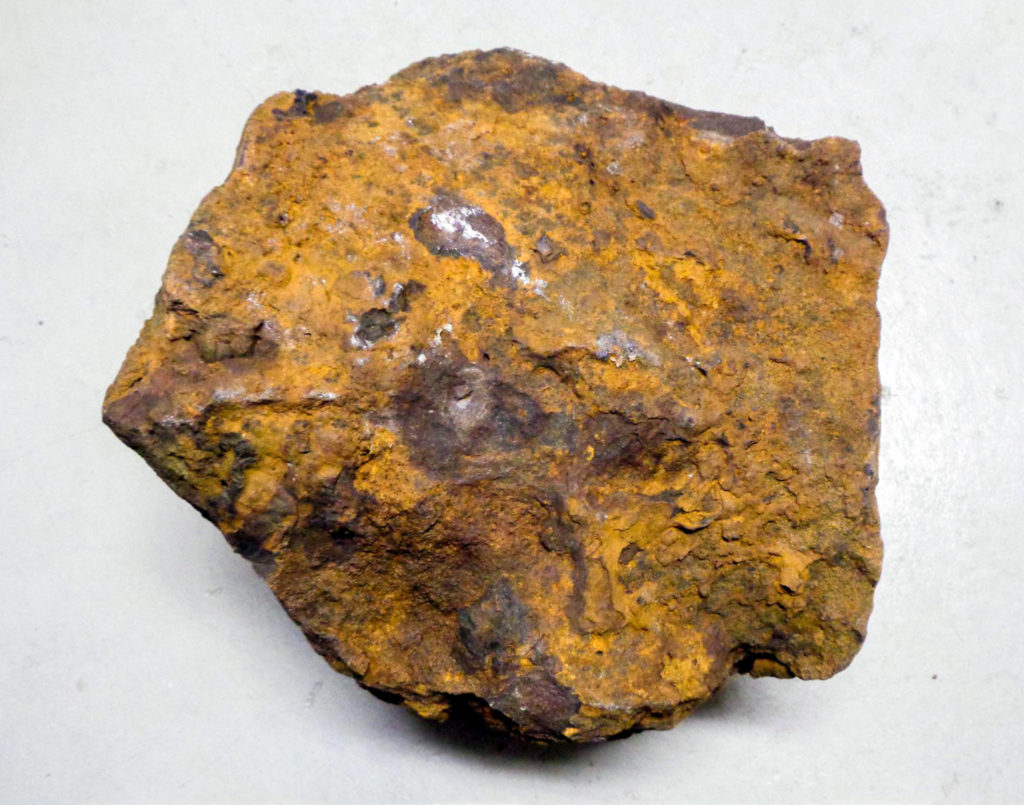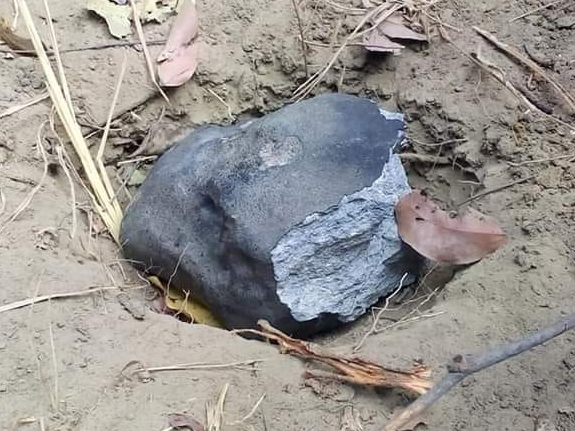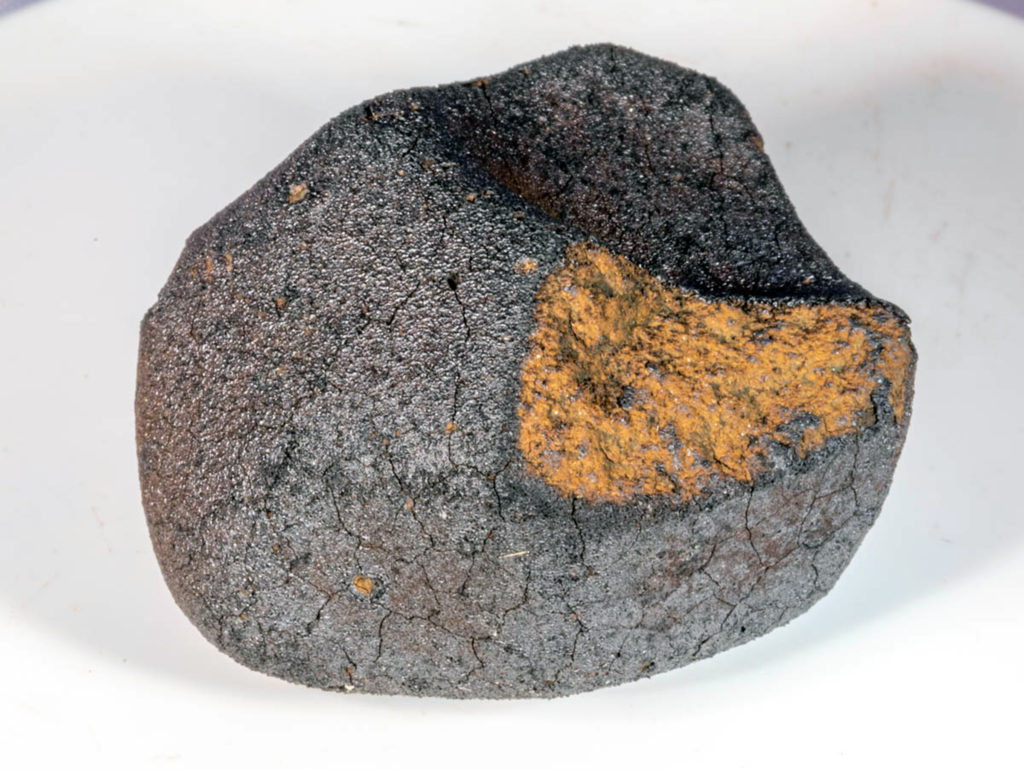Images from the surface of asteroid Ryugu show rocks similar to carbonaceous chondrite meteorites
R. Jaumann, N. Schmitz, T.-M. Ho, S. E. Schröder, K. A. Otto, K. Stephan, S. Elgner, K. Krohn, F. Preusker, F. Scholten, J. Biele, S. Ulamec, C. Krause, S. Sugita, K.-D. Matz, T. Roatsch, R. Parekh, S. Mottola, M. Grott, P. Michel, F. Trauthan, A. Koncz, H. Michaelis, C. Lange, J. T. Grundmann, M. Maibaum, K. Sasaki, F. Wolff, J. Reill, A. Moussi-Soffys, L. Lorda, W. Neumann, J.-B. Vincent, R. Wagner, J.-P. Bibring, S. Kameda, H. Yano, S. Watanabe, M. Yoshikawa, Y. Tsuda, T. Okada, T. Yoshimitsu, Y. Mimasu, T. Saiki, H. Yabuta, H. Rauer, R. Honda, T. Morota, Y. Yokota, T. Kouyama
Science 23 Aug 2019:
Vol. 365, Issue 6455, pp. 817-820
DOI: 10.1126/science.aaw8627
“The near-Earth asteroid (162173) Ryugu is a 900-m-diameter dark object expected to contain primordial material from the solar nebula. The Mobile Asteroid Surface Scout (MASCOT) landed on Ryugu’s surface on 3 October 2018. We present images from the MASCOT camera (MASCam) taken during the descent and while on the surface. The surface is covered by decimeter- to meter-sized rocks, with no deposits of fine-grained material. Rocks appear either bright, with smooth faces and sharp edges, or dark, with a cauliflower-like, crumbly surface. Close-up images of a rock of the latter type reveal a dark matrix with small, bright, spectrally different inclusions, implying that it did not experience extensive aqueous alteration. The inclusions appear similar to those in carbonaceous chondrite meteorites.”

